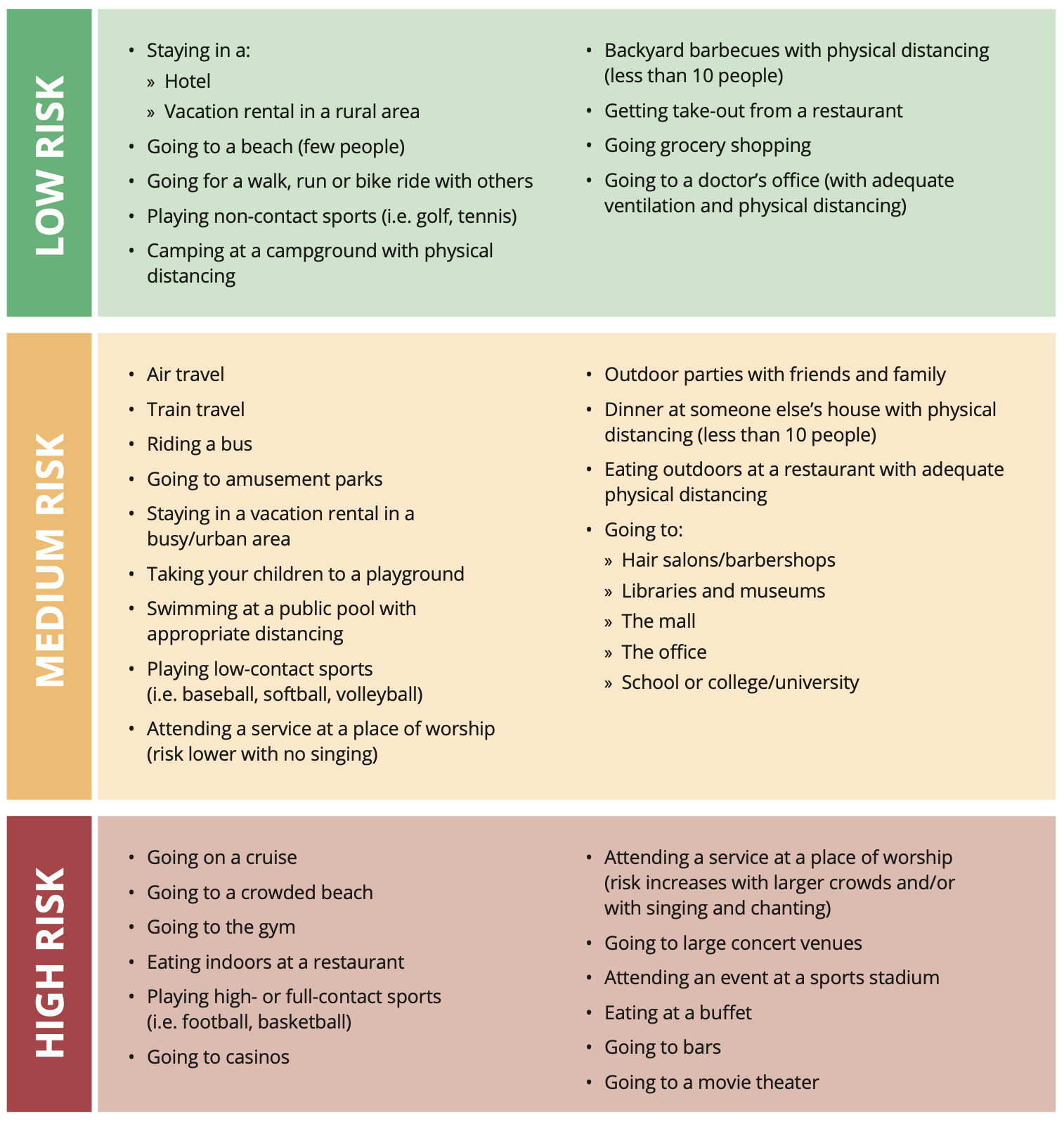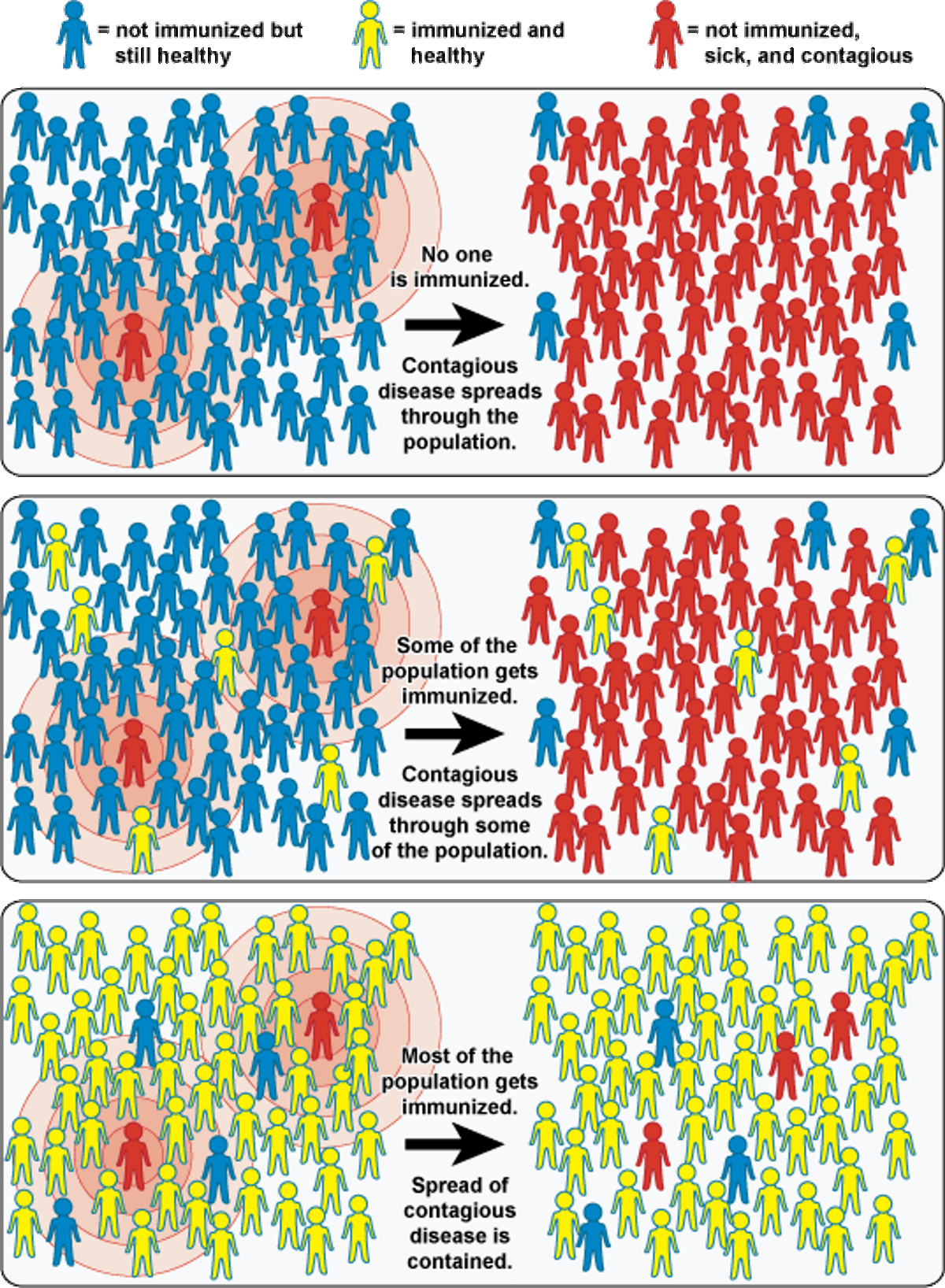Love in the Time of COVID
It’s been just over a year since the last time I was able to share something here and what a year it’s been! Since last June, my little family:
Lovely wee houses up along the Antrim Coast in Ballymena
Slogged through endless hours and miserable non-weekends while I worked COVID response
Endured an entire school year remotely (thanks for doing all the work on that one, Andy!)
Eaten loads of delicious meals at home (thanks for that too, Andy!)
Said farewell to both of my beloved grandmothers
Made the exciting decision to move to Northern Ireland this autumn so I can begin a PhD in sociology at Queen’s University Belfast examining social connection as a protective factor against suicide in young men
It feels like so long and yet somehow also no time at all. As we think about navigating social connections—like dating—this new landscape, I want to share a little about some conversations I had with my new friend Missy Modell—the genius behind such internet classics as that Dr. Fauci song love song.
Last week, Missy had made a comment in an instagram story about wanting to continue wearing her mask and I shared that I’m still wearing mine too. As we kept chatting, I drew a parallel between establishing boundaries during sex and establishing boundaries with meeting up during COVID. Missy loved the idea and suggested we have an instagram live to talk about it more. If you’re interested, you can watch it here. We cover a lot of ground, including this similarity between healthy communication while Normal Human Dating and healthy communication navigating social connections in a pandemic.
Asking Questions, Getting Answers
While dating and friendships in a pandemic may not seem too similar to talking about getting tested for STIs with your partner(s), there is a lot of overlap! When I think back to what dating was like for me (back when H1N1 was the pandemic en vogue), there were some key questions that I moved between:
If I (or my partner) were having sex with other people
Whether we would always use condoms or another barrier method
What other forms of birth control we were going to use (back up your birth control, friends!)
How frequently we wanted to be getting tested for sexually transmitted infections (STIs)
If we think about COVID, there are some parallel questions you might want to be asking of friends, family, and potential romantic partners:
If they’re vaccinated (and did they get the both doses if they received Pfizer or Moderna)
If they’re travelling
If they’re going to parties and/or big gatherings
If they’re still masking in crowded and/or indoor settings
How many people are in their “bubble”
Setting Boundaries
If you’re fully vaccinated (both doses for Pfizer and Moderna, the single dose for Johnson & Johnson), you have some fantastic protection on board that has lowered your risk of becoming severely ill and needing hospitalisation. However, no vaccine is perfect and you could still become infected and possibly spread COVID to others. Another big consideration is that (for right now) children under 12 aren’t eligible for vaccination, so there’s a big portion of the population still vulnerable.
Similar to good communication being key to good sex, good communication is key in navigating pandemic relationships, both romantic and platonic. Just like you should be talking with your partner(s) about what healthy and fulfilling sex looks like for you and what your boundaries are, you can talk to your friends and family about your boundaries for pandemic safety. Think about what level of risk you are willing to accept and then make a list of activities that fall within that “zone.”
The Infectious Disease Society of America has a great Green-Amber-Red breakdown of the risk level for a variety of common activities. The text is a little small, but clicking on the image will take you over to the IDS page where you can read the full breakdown. When you’re making choices about when and how to see friends, you can make suggestions that fit within the boundaries of your COVID Comfort Zone. If you and your friends (or your date!) are wanting to go out and eat a meal together, you could choose between:
Eating in a restaurant
Eating outside of a restaurant
Packing a picnic or getting food at a market and then eating at a park
What’s Next
The Pandemic definitely isn’t over and we still need to be cautious—especially with variants like delta and gamma gaining speed. Those who are fully vaccinated are much safer than they were last year and there’s joy in the freedom that protection provides. Instead of needing to stay nestled at home all alone, there’s more latitude to safely start seeing friends and family again. For me, it was a long and lonely winter and I am so grateful to be able to see the people I love again.
An illustration of how diseases move more slowly in communities with a higher percentage of immune individuals, demonstrating how herd immunity works. Via The Conversation
However, we need to remember that no vaccine is perfect and that vaccine coverage (the percentage of the population vaccinated) isn’t equal across all places or all ages. As we discussed above, children under 12 remain completely unprotected, but we need to also remember that not all areas of the country and the world have adequate protection. For example, the state of Missouri is experiencing a huge surge of COVID cases driven by transmission of the delta variant. Less than half of the state’s eligible population is vaccinated (in some areas, only 20-40%), meaning that the state is incredibly vulnerable and may see huge spikes in disease and death like we had in 2020.*
Much like we use vaccination to control the community-level spread of diseases like measles, our friends, families, communities, and our own bodies are better protected when we have as many people as possible vaccinated. The image to the right shows how having a higher percentage of the population immunised against a disease can help protect even those who aren’t immune from the disease by breaking transmission pathways. Last year, I wrote a little about the concept of “ring vaccination” and how it made the eradication of smallpox possible. Now that we have highly effective vaccines for COVID, we are closing in on a place where we can live with the virus and get “back to normal” but that can’t happen until we get enough of the population vaccinated that we look more like the bottom box and less like the middle one.
We’re not over the finish line yet, but we’re getting close and vaccines are our best chance of getting there. Until we have that level of protection, though, practice setting boundaries so you can feel safe and comfortable while seeing friends and enjoying normal activities like dating. Ice cream in the park is a perfect summer activity and low risk for COVID transmission!
* I want to be clear that blame doesn’t belong at the feet of the predominantly Black communities likely to suffer most profoundly. Elected Officials and Public Health Departments have a duty of care for communities that has not been adequately upheld throughout the pandemic.


